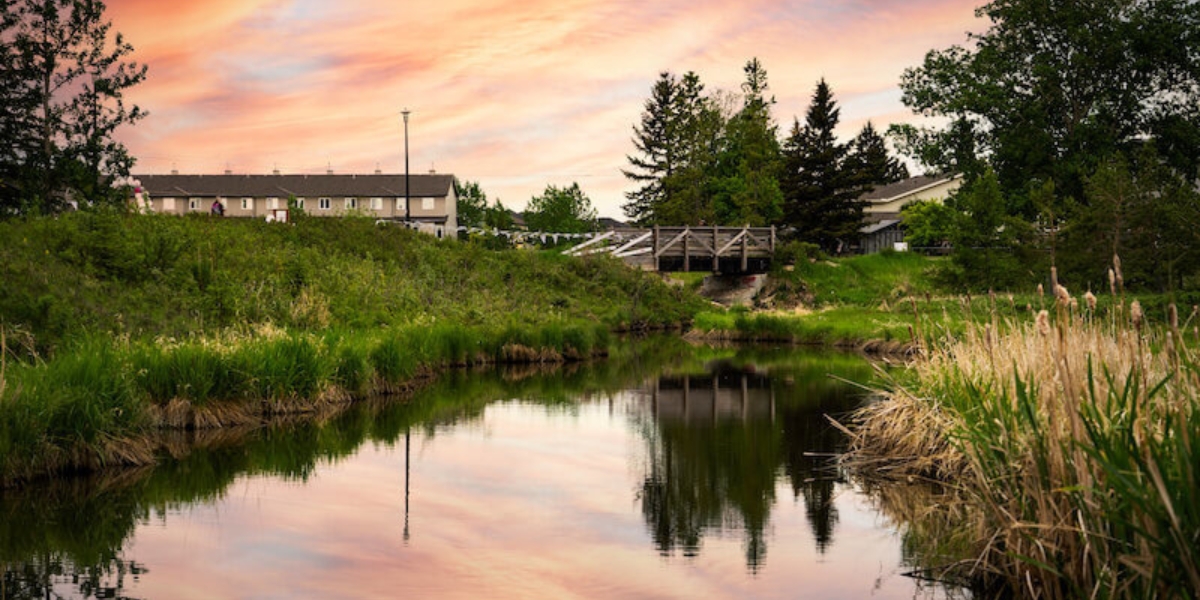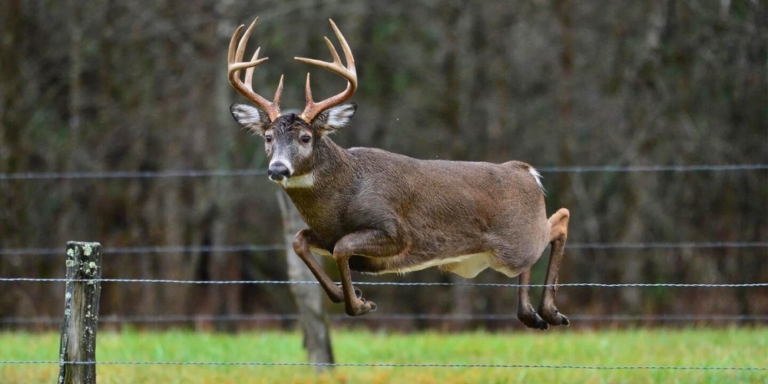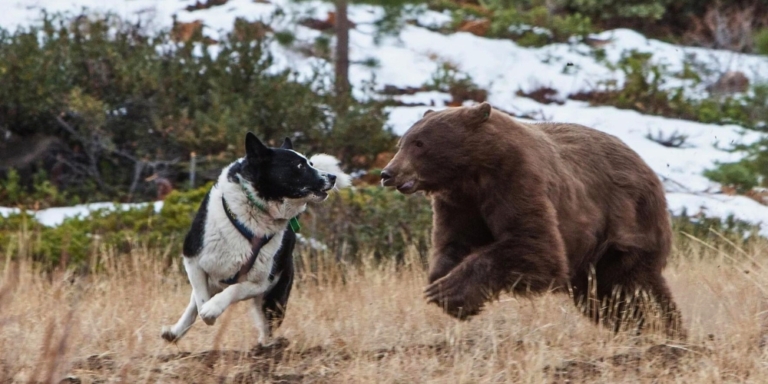In Alberta, northern crayfish are designated as an aquatic invasive species. This means they pose a risk to ecosystems outside their natural range, with no natural predators.
Without natural predators, northern crayfish are free to reproduce rapidly, which can harm species native to the location.
For example, northern crayfish eat most of the same things as native fish species, such as the westslope cutthroat trout and bull trout.
This means they compete for the limited food supply available to these trout species, which are already at risk in Alberta.
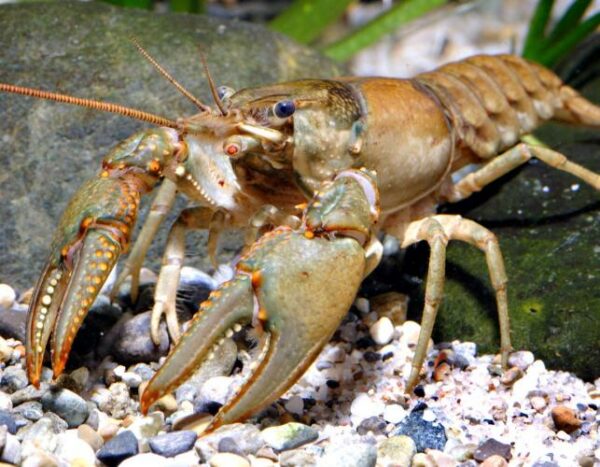
“We don’t really know what the implications of northern crayfish might be in this ecosystem, but we do know that northern crayfish can alter the food web,” Megan Goudie, an aquatic ecologist with Parks Canada, told the Calgary Herald.
Northern crayfish are an invasive species in some areas but native in other parts of the province. This crayfish species has historically been found in the Beaver River watershed south of Edmonton. But it is now found in many watersheds, including the Bow River in Banff National Park.
Northern crayfish are not native to Nose Creek in Airdrie. Yet a record number of the crayfish were found in the creek earlier this month.
On August 3, Save Nose Creek, a volunteer advocacy group, counted 16 northern crayfish in the span of 30 seconds to one minute.
In the past, the group has typically caught between three to five of the critters per 30-second sampling. That’s a threefold increase compared to what has been sampled in the past!
As part of their training with CreekWatch Alberta, a community-based environmental monitoring program, Save Nose Creek began testing for water quality, chemicals, and invertebrates in June.
“…It just shows that there’s nothing really stopping this crawfish from multiplying…It’s not a great thing to see an invasive species thrive in a creek that you’re trying to preserve,” Save Nose Creek founder Andrew Yale told CBC News.
So, how did northern crayfish end up in Nose Creek?
According to Alberta Environment and Parks aquatic invasive species specialist Nicole Kimmel, it’s not likely they crawled.
“We think people are helping it move along…We think some folks like to use them as bait, and they might not be ensuring that they’re dead,” claimed Kimmel.
Under current regulations in Alberta, you are only allowed to have live crayfish within five metres of the water body you take them from. Otherwise, crayfish must be killed immediately before they can be moved.
A sport fishing license is required when fishing for crayfish with a rod and reel. However, a license is not required when fishing for crayfish using a dip net, seine net, trap, or by hand.
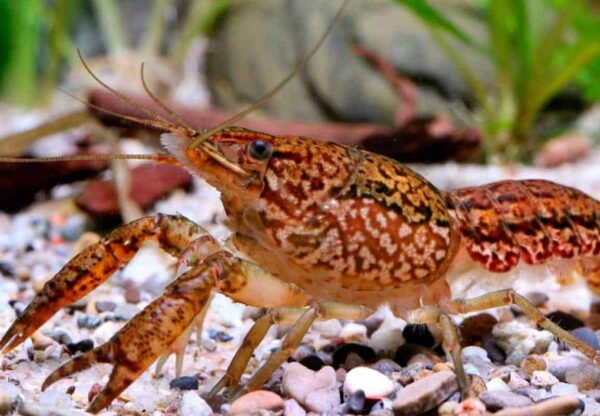
The province actually encourages people to remove and kill crayfish when they find them. If you have a taste for northern crayfish, these critters are like an all-you-can-eat buffet.
Just avoid consuming crayfish caught from man-made water bodies. But natural bodies of water like Nose Creek are fair game, according to Kimmel.
Still, due to pollution, Yule advises against consuming crayfish caught from Nose Creek. To allow locals to fish for crayfish comfortably, he’d like to see the government help improve the creek’s health.
Nose Creek is one of many battlefields across the province fighting to control populations of northern crayfish. Last year, a female northern crayfish was caught red-clawed in Banff National Park.
The province is also on high alert for other species of crayfish appearing across the country, including the marbled crayfish that can clone itself.

